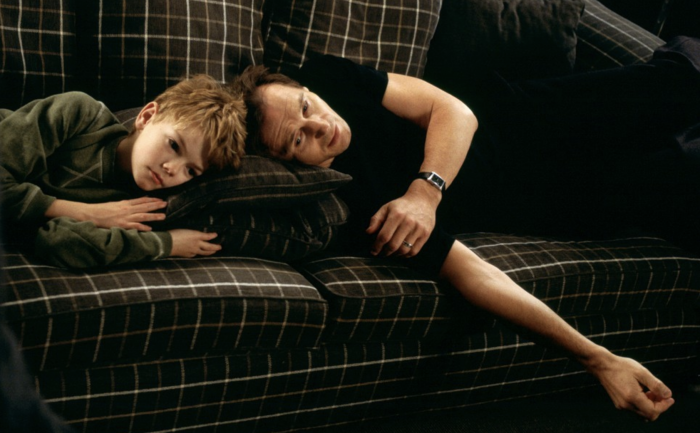I began fostering Popcorn, the hamster, late this summer.
She was my first assignment after I became a foster parent for the local Humane Society, a shelter dedicated to protecting animals from suffering and promoting their welfare and dignity.
Popcorn needed fostering until her eye infection cleared up. Once she was well again, she could be adopted out. It wasn’t my plan to adopt her, but after giving her the first eye drop treatment, I knew that I would. And I was right. Two weeks later, I adopted her into my furry family.
I learned a lot about hamsters in a short time.
They are solitary and like to nest peacefully, and preferably without other hamsters.
They are organized and keep a tidy and accessible home. If you move something around in their cage, they will move it back to the way that makes more sense.
They are smart and acutely aware of their surroundings. Hamsters sleep during the day, and play hard at night, running up to two miles on their wheel.
They do bond with humans, and it takes about two weeks, especially if you make an effort to hold, talk, hum, or sing with them.
The first time I realized Popcorn bonded to me and accepted me as family was during our early foster days. I was struggling to line up the eyedropper over her eye. Popcorn was wiggling about as critters do, until suddenly she wasn’t. She just stopped moving, and with her little hand, she helped me position the eye dropper just so. It freaked me out a bit, but I knew then that she decided we would work together on things from now on.
Hamsters live up to two years. And although the animal shelter did not know her age, they knew she was well over one year. In the end, I had about 90 days with her.
There are three things I learned about life from my hamster before she died:
1. Love in the moment. Accept each day as possibly the last. Let go of expectations and judgments about how things should be, and love what is. I found freedom in this way of being and was better prepared to help Popcorn pass on peacefully during her final breaths. Quite honestly, it was the most prepared I’ve ever been at accepting loss. A little critter taught me how to let go.
2. Keep a clean home or nest. After cleaning my hamster’s cage, she would spend a good part of the night reorganizing things to her liking. Knowing that keeping a nest was a priority for her, I tried not to disturb it.
In fact, a frequently disturbed nest causes anxiety. When it comes to hamsters, humans should only clean their cage once a month. A nest can also become disturbed by never allowing yourself to move in fully. You know? Like never truly accepting your home as it is. This rings true in my life. It’s best to move in—fully move into your home, with the full intention to live there. I have moved 50 or more times in my lifetime, and this struck a chord for me. Watching Popcorn move into her home helped me fully move into mine.
3. Play and eat carrots. The sound of Popcorn’s wheel spinning at night warmed my heart. It never bothered me because I get the buzz that comes from running on treadmills (being an avid runner myself). But still, the sound was not disruptive at night. It was comforting knowing my hamster was living her best life. She was also enjoying carrots, stashing them everywhere. My carrot intake increased, as a result: one for her and one for me. Popcorn knew how to have balance, whether it was spinning on her wheel, eating seeds and carrots, or sleeping the day away. She did it all purposefully.
It may seem silly thinking that a red-headed furry critter could make such an impact on my life. But I don’t think it’s silly.
When we are ready for a change, we become more open to receiving the unconditional gifts that come from all forms of life, big or small. When we are open, everyone and everything becomes a valuable teacher.












Read 4 comments and reply